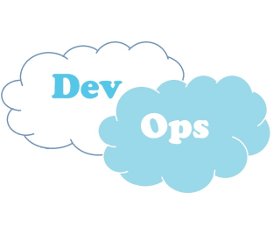It’s not all-important to tell IT professionals involved in application deployment that their jobs are turning complex with each passing day. Even before the arrival of virtualization and cloud computing, these people were busy finding alternatives to unify deployment and minimize errors that effected production. In the last two decade these two new technologies have further amended application disposition process.
One way to streamline the process was to make app developers embrace existing software to frame a set of models or templates explaining the applications’ resource and connection requirements. This action, binding development with operations, was called “DevOps.”
DevOps models could then be used by a more refined software tool to build applications in the cloud on demand. Moreover the DevOps tools could also amend or delete apps, as per the need. But recently, the cloud has made some changes as to how IT pros interpret DevOps, which could result in more adept application design.
Virtualization and cloud computing have helped modernize the old, monolithic application-per-server model into a set of advanced application systems involving multiple software elements with complex workflows among them. To help such a system perform, every piece has to be positioned and connected. With so much of processes involved in it, it is no more a manual task.
The developments in IT has spread the boundaries of conventional, script-based process automation. Application systems can be deployed on fixed server resources using a simple scripting tool, same as the ones supplied with most operating systems. Managing the variables associated with matching application requirements to resources along with the connection resources of the network that create the resource pool itself, becomes too complicated if the applications run in a flexible resource pool.
One challenge that Cloud computing poses to the vision of DevOps is that cloud resources are interdependent and three-dimensional. Applications require servers, storage and connectivity but none of these can be provided without considering the impact of one on the other two. The traditional DevOps tools are still “procedural” in nature as they illustrate a linear process of committing applications to resources rather than opting for an iterative or optimized approach.
To read the complete article, click here.




